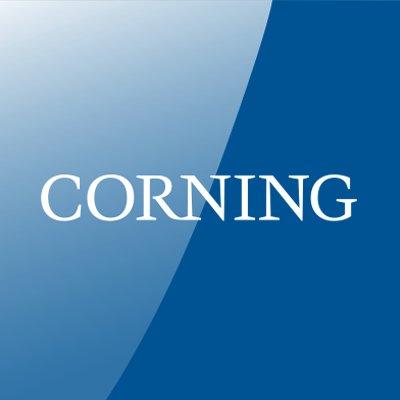Anti-Estrogen Treatment May Stimulate Breast Cancer in Some Patients
By LabMedica International staff writers
Posted on 16 Dec 2008
Cancer researchers in the United Kingdom have found that tamoxifen, the major drug used to treat estrogen-receptor (ER) positive breast cancer in post-menopausal women, may actually exacerbate the disease in a discrete subset of patients.Posted on 16 Dec 2008
Tamoxifen selectively inhibits the effects of estrogen on breast tissue, while mimicking the effects of estrogen on bone (by increasing bone mineral density) and uterine tissues. These qualities make tamoxifen an excellent therapeutic agent against breast cancer. Although researchers are unclear about precisely how tamoxifen kills breast cancer cells, it is known to compete with estrogen by binding to estrogen receptors on the membrane of target cells. This limits the effects of estrogen on breast tissue. Tamoxifen also may be involved in other anti-tumor activities affecting oncogene expression, promotion of apoptosis, and growth factor secretion.
Investigators at Cardiff University (United Kingdom, www.cardiff.ac.uk) used an extracellular matrix invasion assay to determine the effect of estrogen and tamoxifen on the invasive capacity of endocrine-sensitive MCF-7 cells, in the presence or absence of functional E-cadherin. E-cadherin is an intercellular adhesion protein important for maintenance of cell-cell adhesion and tissue integrity.
Studies also monitored the impact of estrogen withdrawal or treatment with fulvestrant on cell invasion. Fulvestrant is another drug for treatment of hormone receptor-positive metastatic breast cancer in postmenopausal women with disease progression following anti-estrogen therapy. It is an estrogen receptor antagonist with no agonist effects, which works both by down regulating and by degrading the estrogen receptor. Western blotting using phospho-specific antibodies was performed to ascertain changes in invasive signaling in response to the two anti-estrogens versus both estradiol treatment and withdrawal.
Results published in the December 4, 2008, online edition of the journal Breast Cancer Research revealed that while tamoxifen generally acted to stop tumor growth, it actually generated aggressive ER-positive breast cancer cells under conditions of poor cell-cell contact. The enzyme Src kinase and associated pro-invasive genes were involved in this process. This adverse effect could also be demonstrated for other classes of anti-estrogens, as was shown for the steroidal agent fulvestrant. However, it was absent during estrogen withdrawal.
Contributing author Dr. Stephen Hiscox, an academic fellow at Cardiff University, said, "Anti-estrogens, such as tamoxifen, have been the mainstay of therapy in patients with estrogen receptor positive (ER+) breast cancer and have provided significant improvements in survival. Our experimental studies suggest that in a certain group of patients, it may be much less effective, however, as it appears to promote an aggressive cell behavior.”
Related Links:
Cardiff University













